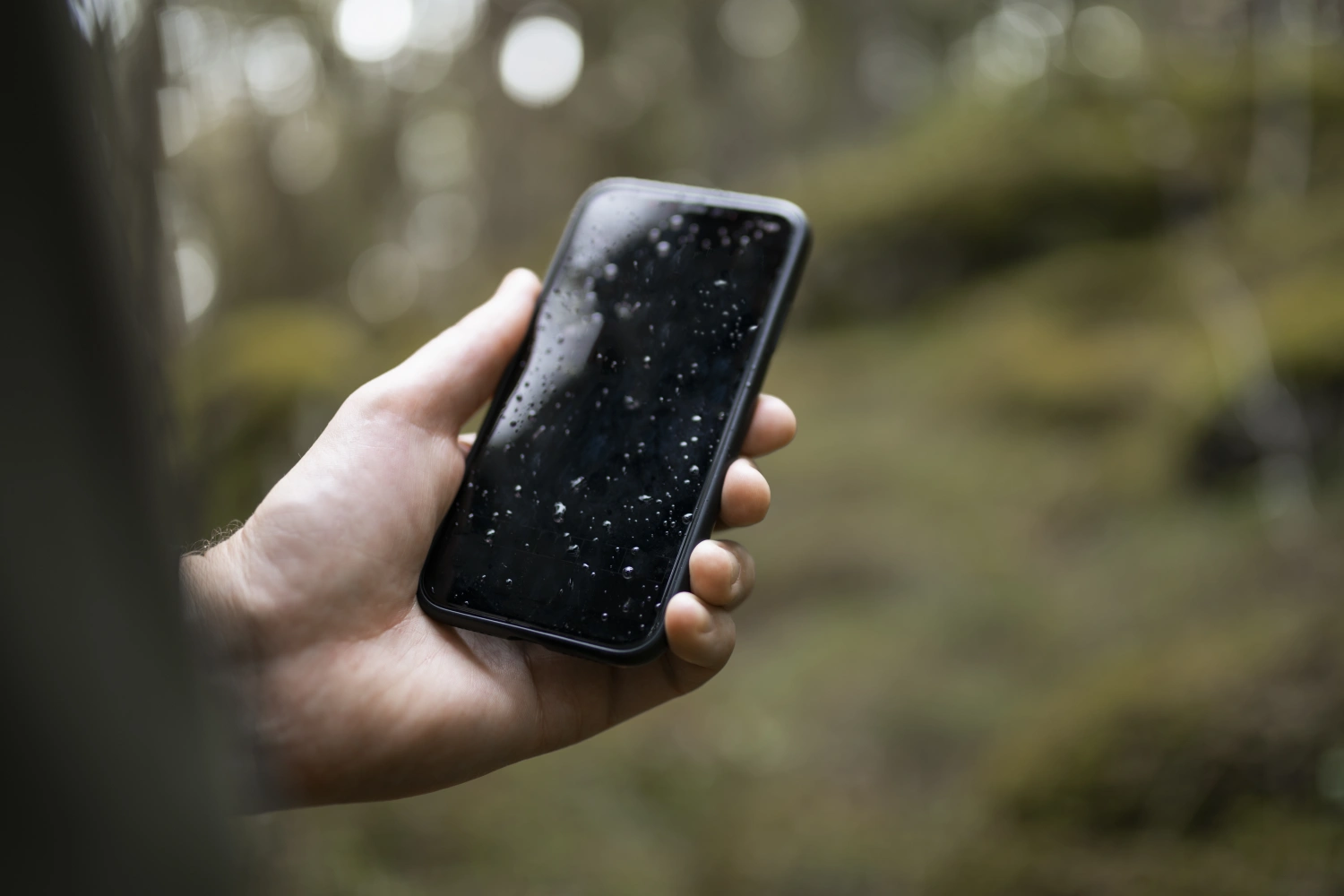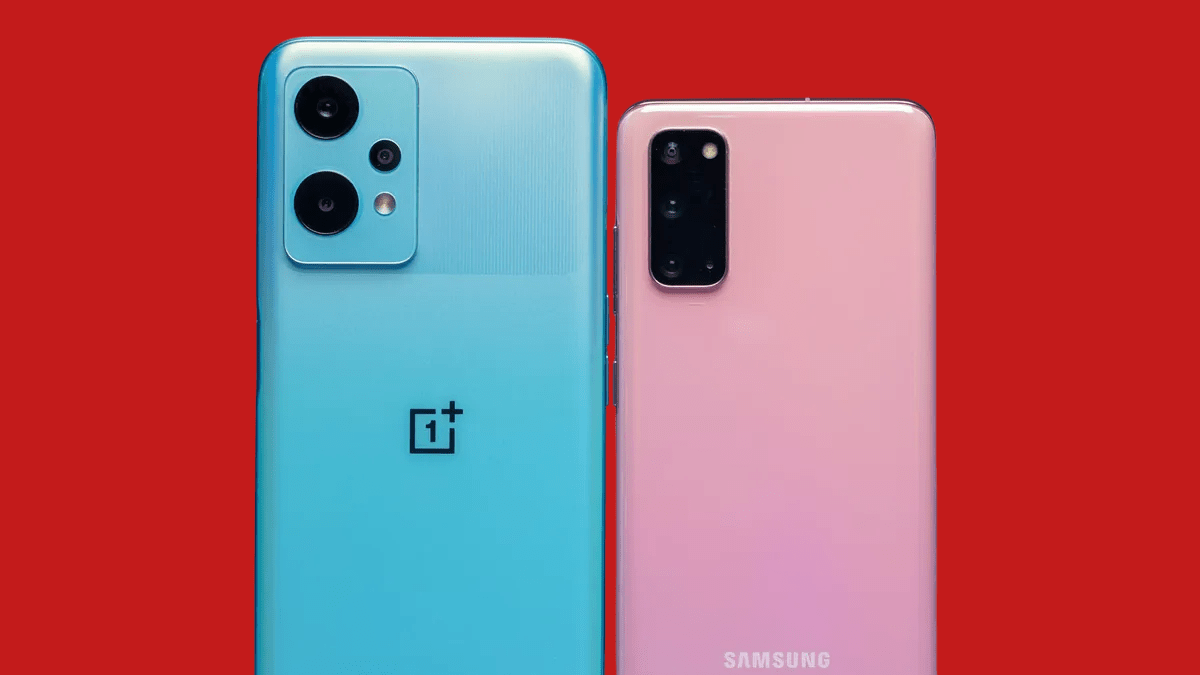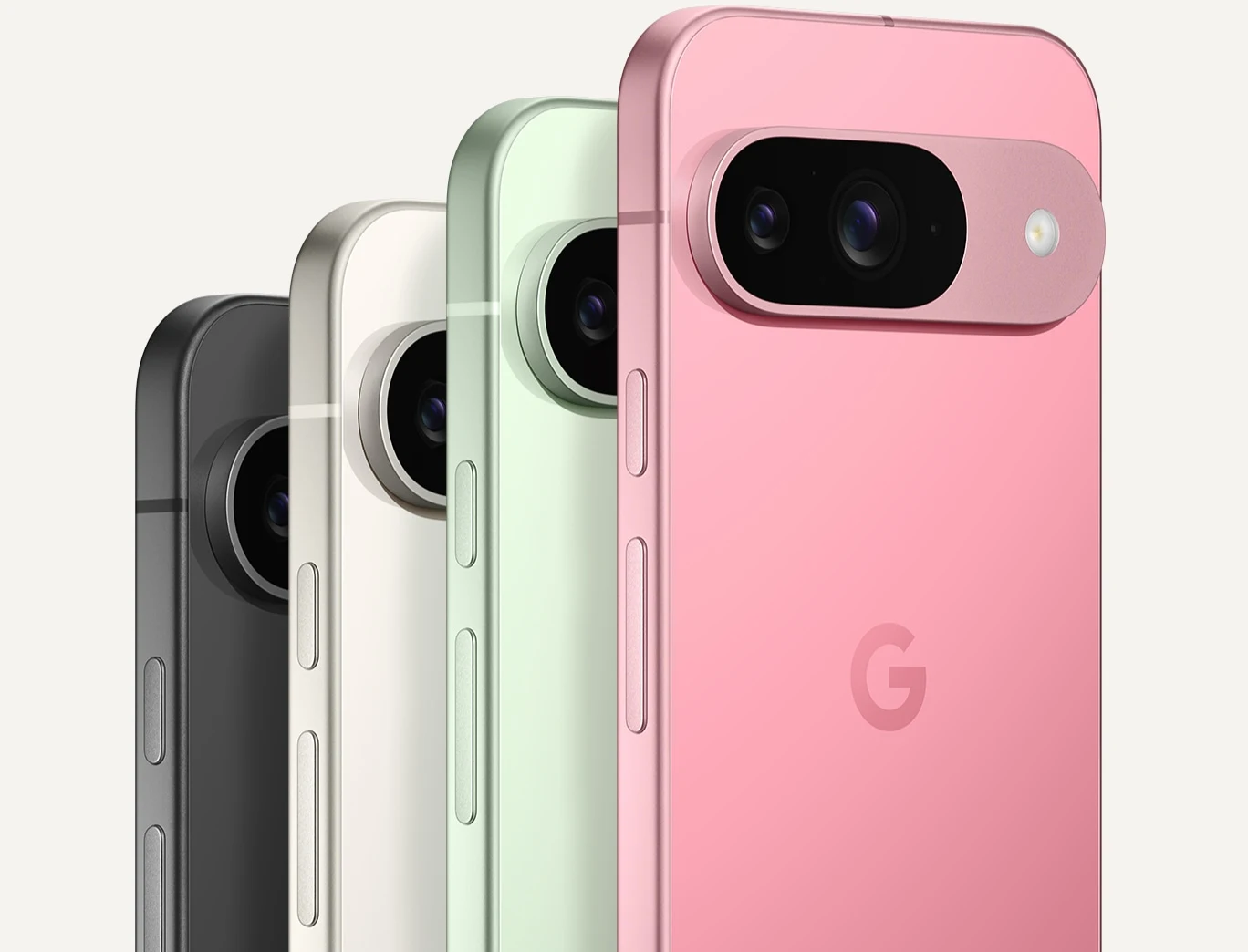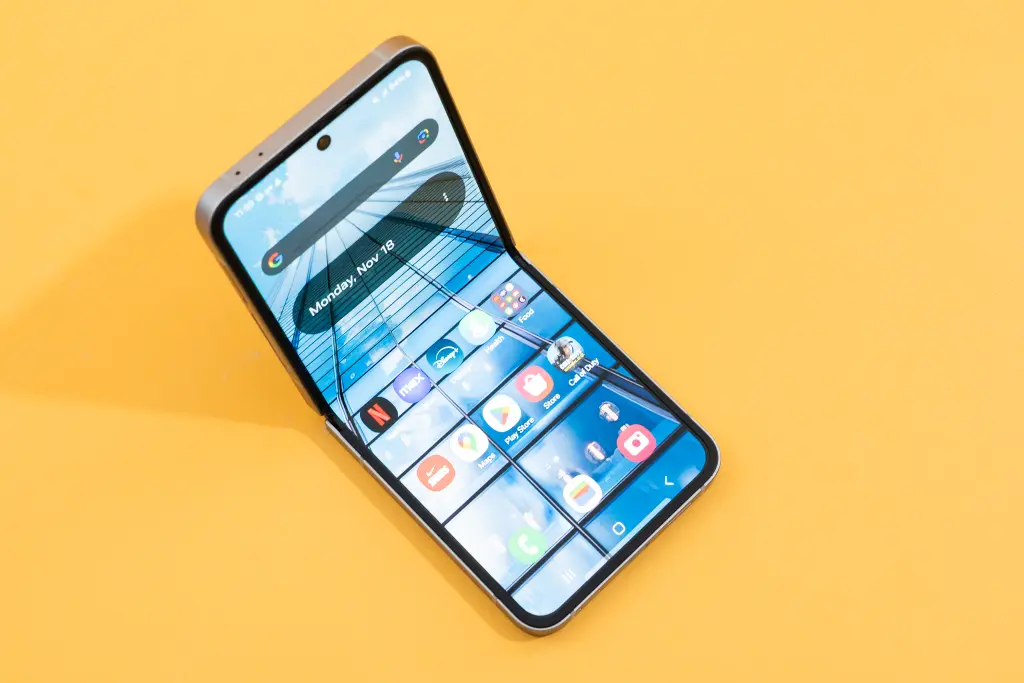What is an IP Rating on a Waterproof Phone?
When shopping for a waterproof phone, you’ve likely come across terms like IP67 or IP68, but what do these ratings actually mean? IP ratings, or Ingress Protection ratings, are an international standard that defines how well a device is protected against dust and water.
The IP rating consists of two numbers: the first represents dust resistance (on a scale from 0 to 6), while the second indicates water resistance (ranging from 0 to 9). For example, a phone with an IP68 rating is fully dustproof and can withstand submersion in water beyond 1 meter for a specific duration.
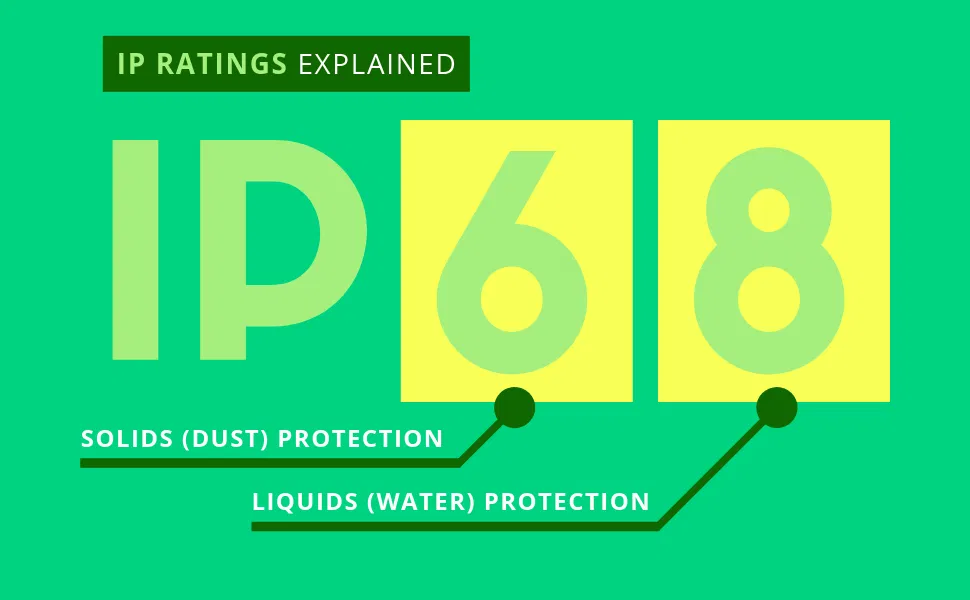
Understanding these ratings helps consumers make informed decisions, ensuring their phone can survive accidental spills, rain, or even underwater photography. However, there are important limitations that every buyer should be aware of.
Decoding IP Ratings: What Each Number Means
Dust Protection (First Number)
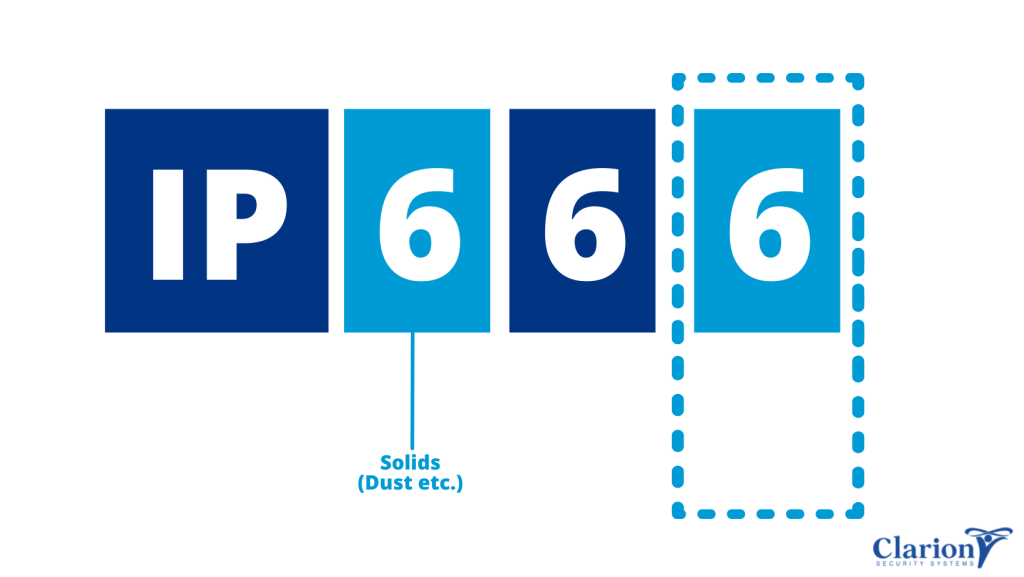
The first digit in an IP rating indicates how resistant a device is to solid particles like dust and dirt. The scale ranges from 0 (no protection) to 6 (completely dustproof).
- IP0X – No protection against dust.
- IP1X–IP4X – Partial protection; may allow some dust ingress but won’t interfere with functionality.
- IP5X – Some dust may enter but does not affect operation.
- IP6X – Completely dust-tight, making it perfect for outdoor environments.
Most modern waterproof phones feature an IP6X rating, meaning they are dustproof and won’t allow any debris inside.
Water Protection (Second Number)
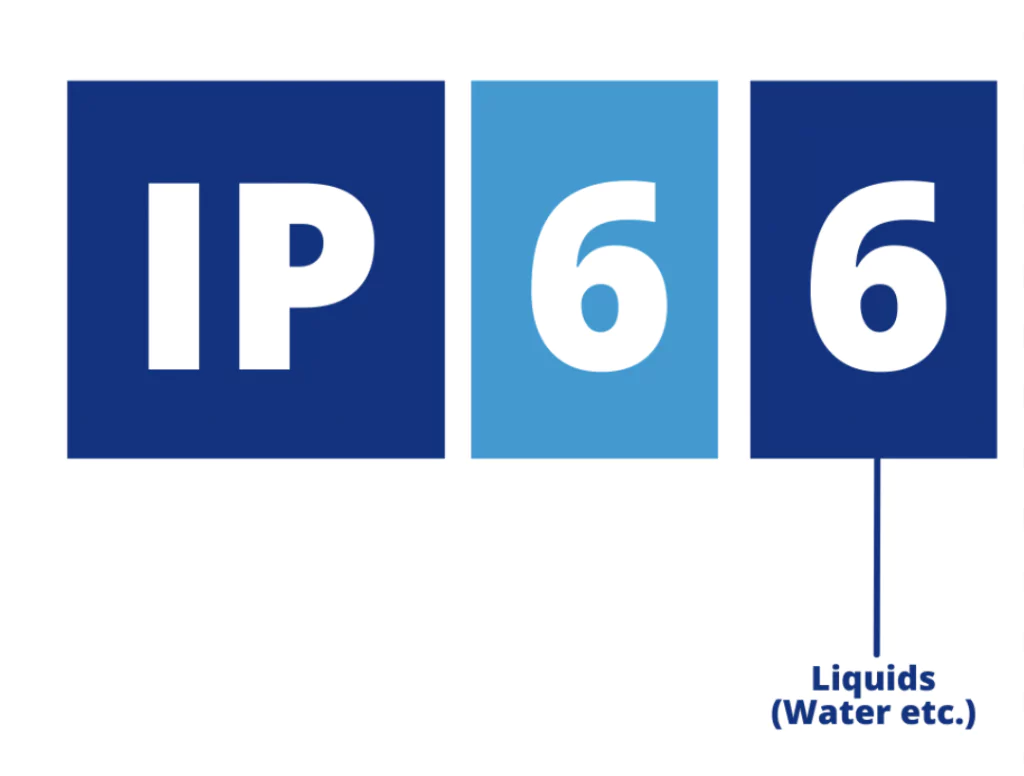
The second digit represents a device’s resistance to water. The higher the number, the better the water protection.
- IPX0 – No protection against water.
- IPX4 – Resistant to splashes from any direction.
- IPX7 – Can be submerged in water up to 1 meter for 30 minutes.
- IPX8 – Can withstand submersion beyond 1 meter, typically for extended periods.
- IPX9 – Protected against high-pressure water jets, usually found in industrial settings.
Most flagship waterproof phones, like the latest iPhones and Samsung Galaxy devices, boast an IP68 rating, ensuring excellent dust and water protection.
Benefits of a Waterproof Phone
Protection Against Accidental Spills and Rain
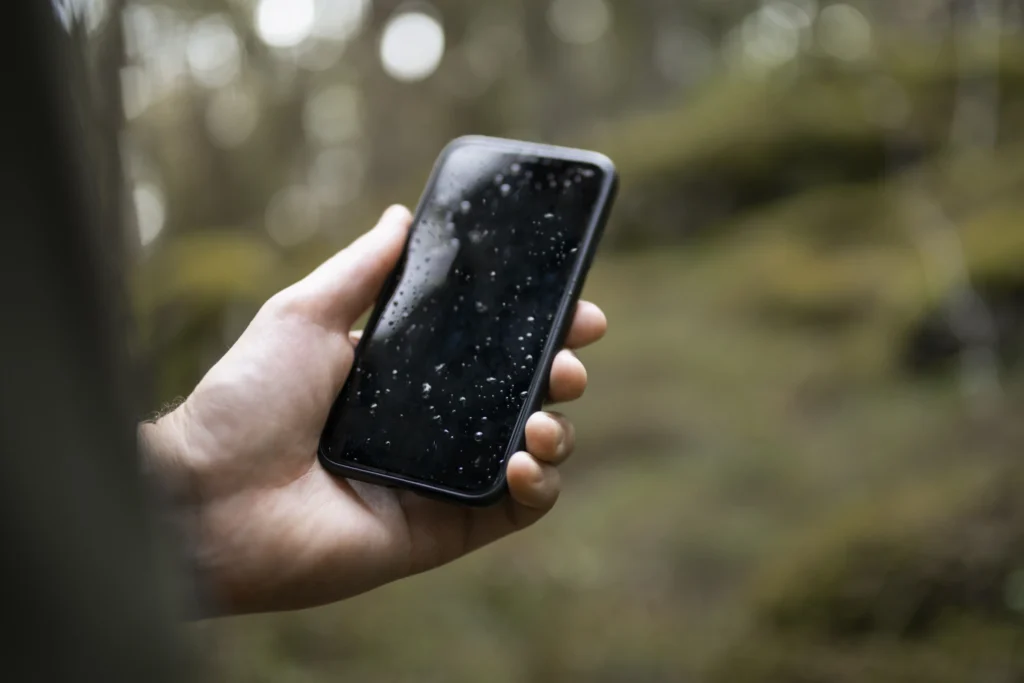
A waterproof phone eliminates the worry of damage from accidental spills, rain showers, or even using your phone with wet hands. Whether you’re caught in a storm or accidentally drop your phone in a puddle, an IP-rated device ensures peace of mind.
Ideal for Outdoor and Travel Enthusiasts
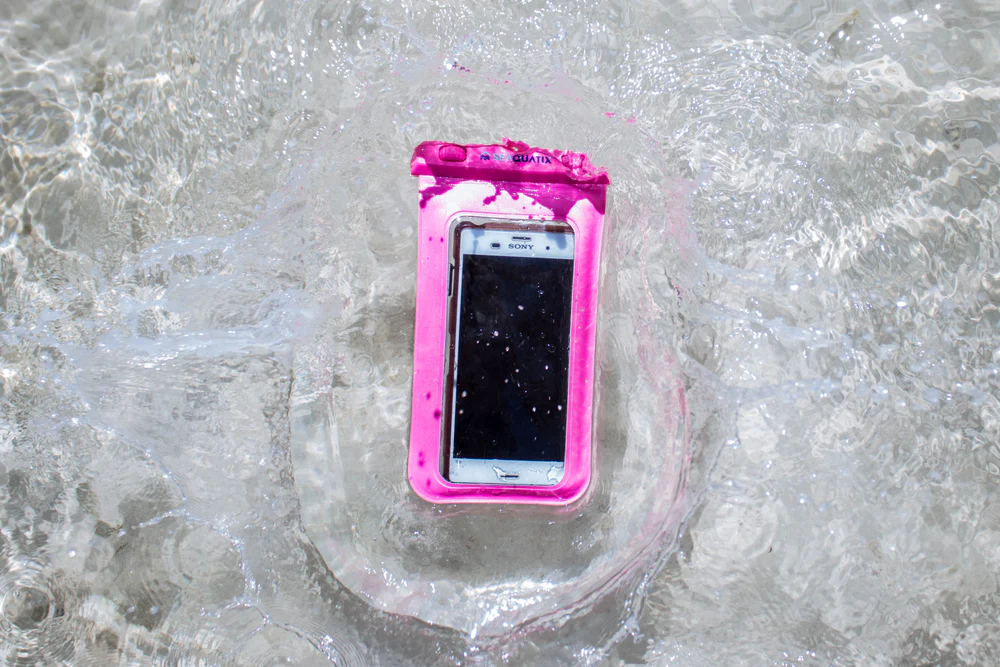
For adventurers and travelers, a waterproof phone is a game-changer. It allows you to capture stunning photos in wet environments, navigate in the rain, or even use your device near the beach without worrying about sand or water damage.
Enhanced Durability and Longevity
Since waterproof phones have extra seals and coatings to prevent liquid ingress, they tend to last longer than non-waterproof models. This added durability means fewer repairs and replacements, ultimately saving you money.
Common Misconceptions About Waterproof Phones
Waterproof Does Not Mean Invincible
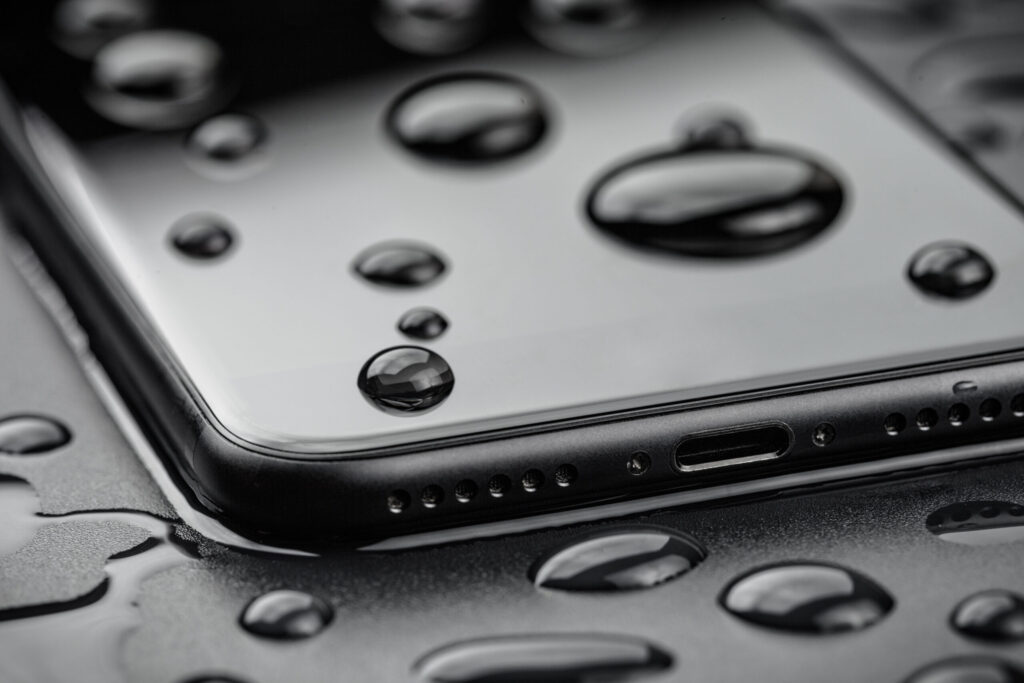
Many people assume that an IP68 phone can survive anything, but that’s not true. Most ratings are tested under controlled laboratory conditions with fresh water. Exposure to salt water, chlorinated pools, or soapy water can still damage internal components over time.
Water Resistance Can Diminish Over Time
The waterproofing of a phone isn’t permanent. Seals and adhesives can degrade with age, exposure to heat, and frequent submersion. If you drop your phone repeatedly or have it repaired, its waterproofing may no longer be as effective.
Warranty May Not Cover Water Damage
Despite having an IP rating, most manufacturers do not cover water damage under warranty. If your phone stops working after getting wet, you might not be eligible for a free repair or replacement.
How to Protect Your Waterproof Phone
Avoid High-Pressure Water Exposure
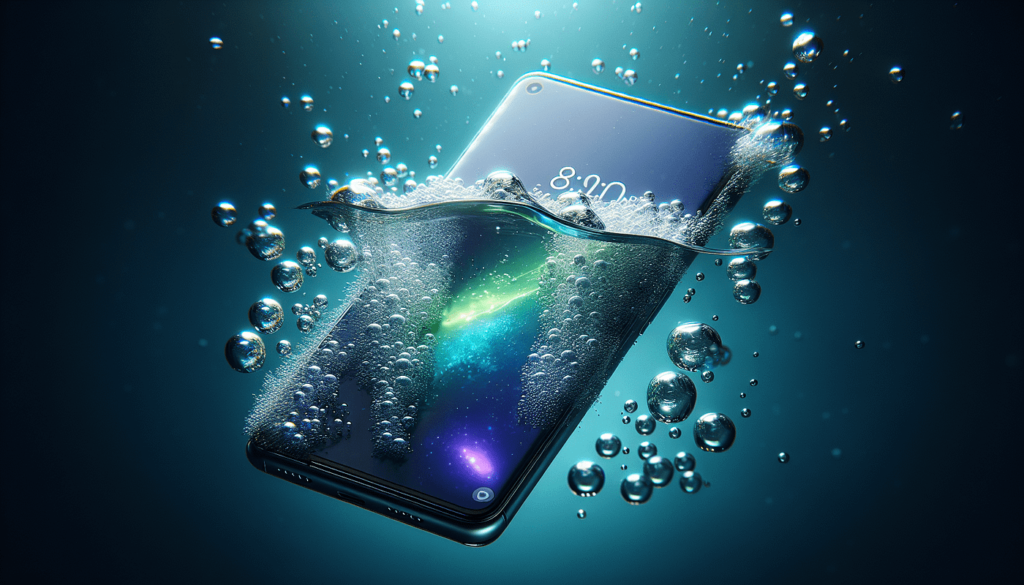
Even if your phone has an IP68 rating, it’s not designed to withstand high-pressure water, such as a jet from a faucet or a power washer. Always keep it away from strong water streams.
Rinse With Fresh Water After Exposure to Salt or Chlorinated Water
If your waterproof phone gets exposed to seawater or a pool, rinse it with fresh water and dry it thoroughly. Salt and chlorine can corrode the device over time, affecting both functionality and durability.
Use a Waterproof Case for Extra Protection
If you plan to take your phone for deep-sea diving or extended water exposure, consider using a waterproof case. This provides an extra layer of protection, especially in extreme conditions.
Top Waterproof Phones in 2025
iPhone 15 Pro Max (IP68)
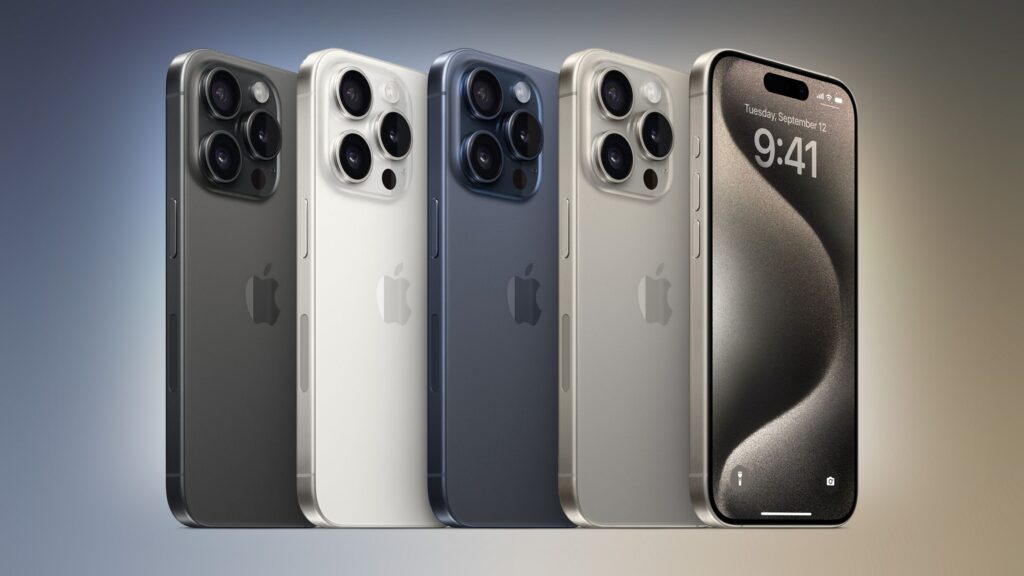
Apple’s latest flagship offers an IP68 rating, allowing it to survive up to 6 meters underwater for 30 minutes. It’s perfect for underwater photography and accidental spills.
Samsung Galaxy S24 Ultra (IP68)
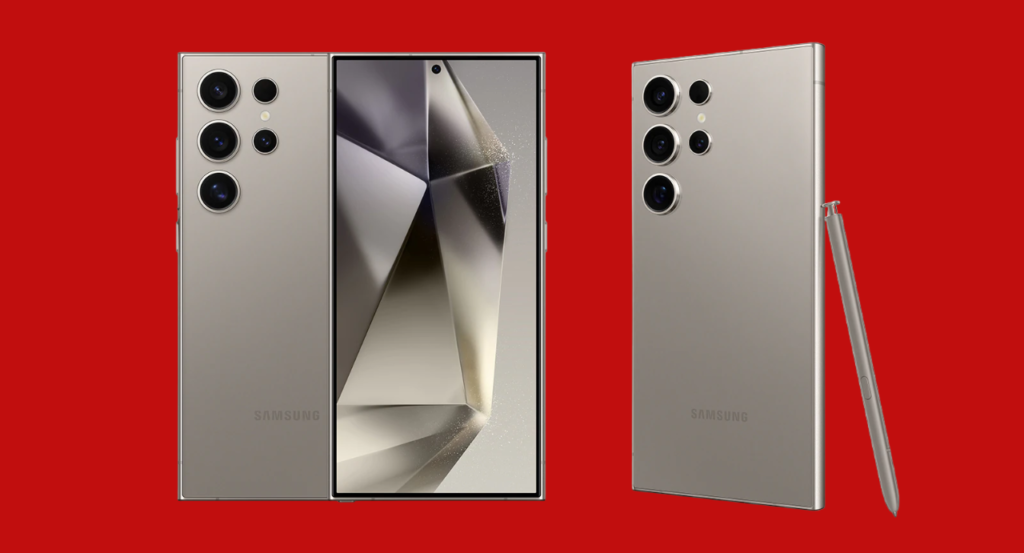
Samsung’s high-end smartphone also features IP68 water resistance, making it an excellent choice for those who need durability without compromising performance.
Google Pixel 8 Pro (IP68)
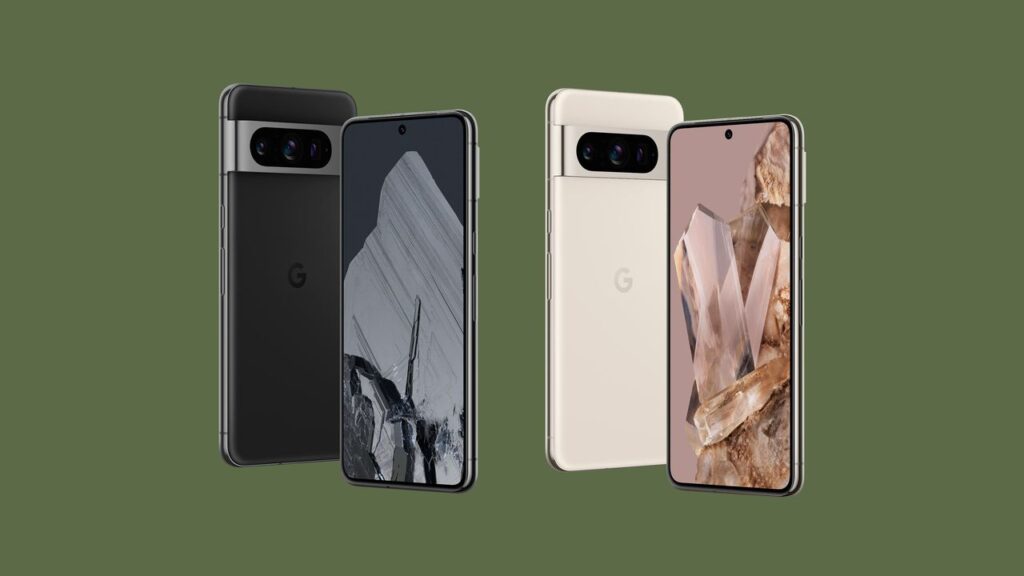
Google’s latest Pixel phone boasts an IP68 rating, ensuring protection against dust and water while delivering top-tier camera capabilities.
Should You Get a Waterproof Phone?
A waterproof phone is worth considering if you frequently encounter water-related risks. Whether you’re an adventurer, a frequent traveler, or just someone who wants extra durability, an IP-rated device offers significant benefits.
However, while these phones provide protection, they are not indestructible. Proper care and precautions are necessary to ensure longevity. Understanding IP ratings allows you to make an informed decision, ensuring you get a device that fits your needs while avoiding common pitfalls.

